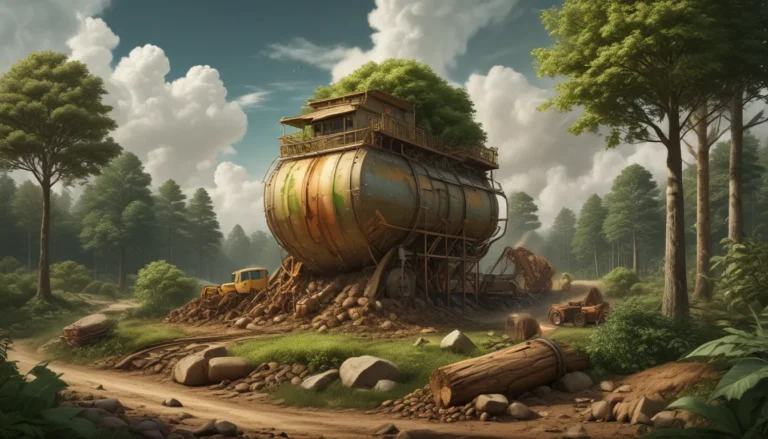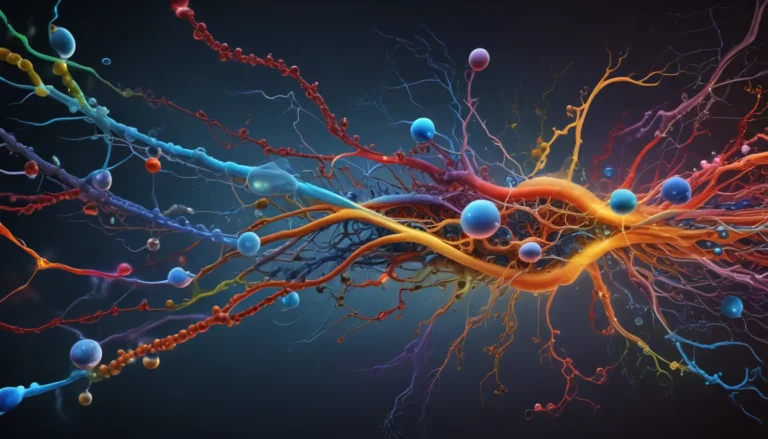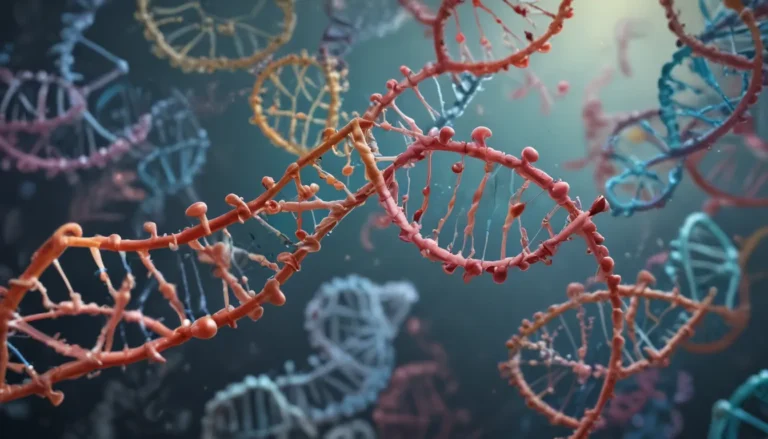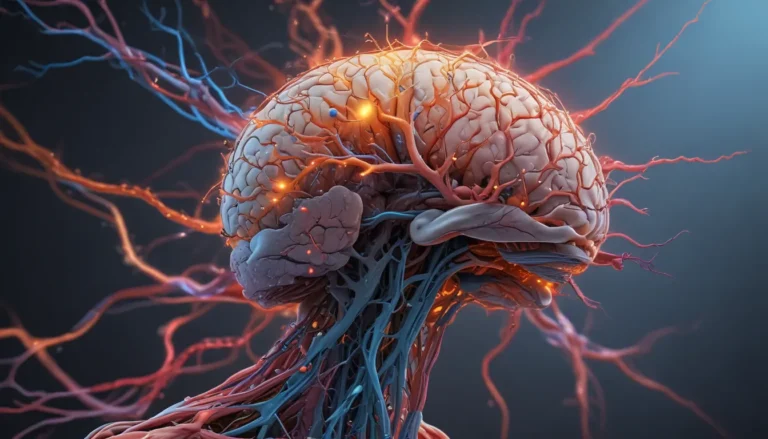A Note About Images: The images used in our articles are for illustration purposes only and may not exactly match the content. They are meant to engage readers, but the text should be relied upon for accurate information.
Adaptation is a remarkable biological phenomenon that plays a crucial role in the survival and success of living organisms. From plants with peculiar adaptations to animals employing remarkable strategies, adaptation is a key component in the intricate web of life on our planet. In this article, we will delve into 11 enigmatic facts about adaptation that will not only deepen your understanding of this fascinating subject but also spark a sense of wonder for the incredible diversity of life that surrounds us.
Unveiling the Wonders of Adaptation
-
Adaptation is a vital survival skill: All living organisms rely on adaptation to adjust to their surroundings and thrive. This process, driven by natural selection, allows organisms to evolve and develop advantageous traits.
-
Adaptation is a continuous process: Organisms need to constantly adjust to changing environments, leading to ongoing evolution and adaptation. This dynamic process ensures their survival and success in a ever-changing world.
The Intricacies of Adaptation
Adaptation encompasses a range of fascinating aspects that showcase the ingenuity of living organisms in their quest for survival and reproduction. Let’s explore some key facets of adaptation:
-
Adaptation at Various Levels: From molecular changes to organismal adjustments, adaptation occurs at different levels, shaping the traits and behaviors of organisms to suit their environments.
-
Behavioral Adaptations: Not all adaptations are physical; behavioral adaptations play a crucial role in the survival of species. Migration, learning, and foraging strategies are examples of behaviors that enhance an organism’s chances of success.
-
Specific to Environments: Species often develop adaptations that are unique to their habitats, enabling them to thrive in diverse conditions. From desert plants conserving water to arctic animals surviving extreme cold, adaptations are tailored to specific environments.
-
Morphological and Physiological Adaptations: Changes in physical structures and internal functions are common in adaptations. Whether altering the shape of a beak or developing heat tolerance, organisms adapt in various ways to their surroundings.
-
Vestigial Adaptations: Some adaptations no longer serve their original purpose but are remnants of past changes. Vestigial structures, like the human appendix, are examples of traits with reduced or obsolete functions.
-
Beneficial and Detrimental Adaptations: While most adaptations enhance an organism’s fitness, some may become disadvantageous under certain conditions. Changes in the environment or conflicts with other traits can render adaptations less effective.
The Mastery of Human Adaptation
Humans are known for their exceptional adaptability, allowing them to thrive in diverse environments around the globe. Our capacity for adaptation, whether through cultural, technological, or physiological means, has been a driving force behind our success as a species.
Embracing the Complexity of Adaptation
Adaptation is a never-ending journey of discovery, showcasing the resilience and ingenuity of life forms across the planet. Through the process of natural selection, species evolve and adapt to compete for resources, evade predators, and endure harsh conditions. Understanding these adaptations provides valuable insights into the evolutionary processes that have shaped life on Earth.
FAQs
Curious about adaptation? Explore these frequently asked questions to deepen your understanding:
-
What is adaptation? Adaptation refers to the process through which living organisms adjust to their environment for survival and reproduction.
-
How do organisms adapt? Organisms adapt through natural selection, passing on favorable traits to their offspring.
-
Can all organisms adapt? While most organisms have some adaptive abilities, the extent and speed of adaptation vary.
-
Are adaptations permanent? Adaptations can be temporary or permanent, based on environmental conditions and selective pressures.
-
Can humans adapt? Humans exhibit remarkable adaptability through various means, contributing to our survival and dominance.
-
How do scientists study adaptations? Scientists use field observations, genetic analyses, experimental studies, and computer modeling to explore adaptations.
Embark on a journey of discovery as you unravel the mysteries and marvels of adaptation. From the resilient extremophiles to the intricate symbiotic relationships in nature, adaptation shapes the world around us in captivating ways. Explore, learn, and appreciate the wonders of adaptation as you witness the unfolding of life’s incredible diversity.






